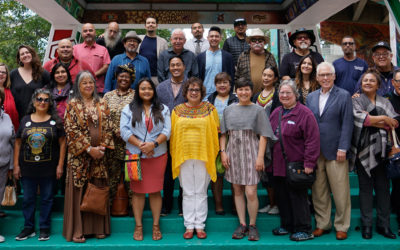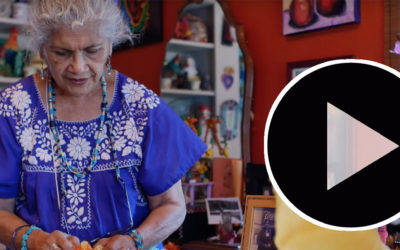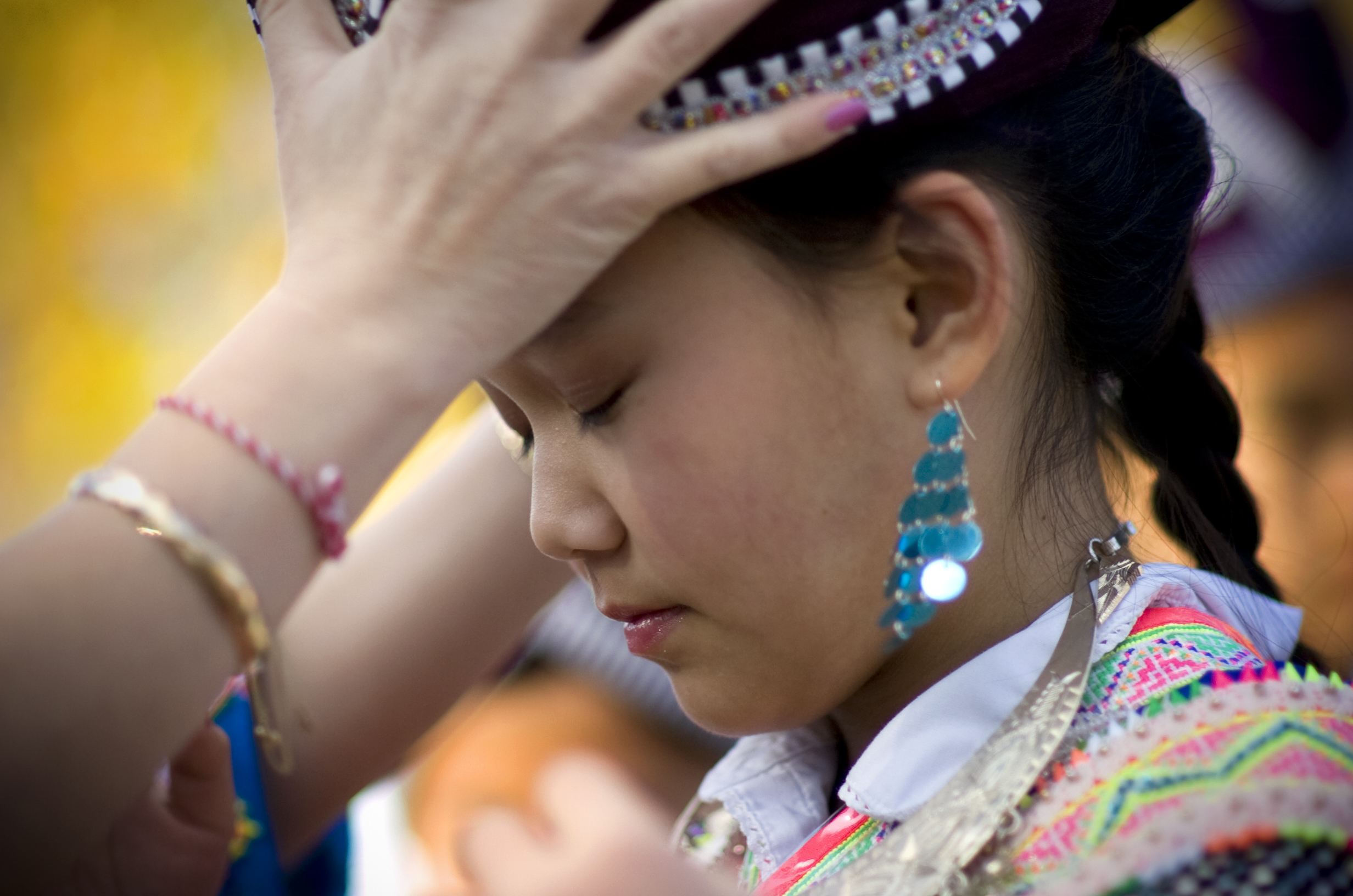Profile
José “Pepe” Carlos González
Requinto romántico
Gathering with artists and friends in Logan Heights
Site Visits with ACTA's 2019 Apprenticeship Cohort
NEA National Heritage Fellow and California Master Artist
Profile
Ysamur Flores Peña
Orisha practitioners throughout the Yoruba diaspora have prepared special foods for ceremony and offerings to the Orishas. This tradition, cooking for the Orisha and ancestors, is based on utilizing specific ingredients and ways of preparing foods and meals, which has been passed on from generation to generation. The Alashe is…
Profile
Shefali Shah
Bomba, Puerto Rico’s oldest art form, originated in the 17th century as a form of communication, rebellion, and relief by enslaved Africans on the coastal sugar cane plantations of the island. Bomba is a result from Spanish colonization, which brought African as slaves to work plantations. The resiliency of the…
Profile
Marcelo “Cadeirinha” Pereira
As part of ACTA’s Apprenticeship Program in 2006 Marcelo taught Isis Raele, his step-daughter, the art of capoeira. Capoeira is the only indigenous martial art of the Americas and was developed by enslaved Africans in Brazil. Mestre Pereira started playing capoeira on the streets of São Paulo, Brazil, as a child and…
Profile
Los Diablos de Nuu Yuku
After citizens of the town of San Miguel Cuevas, Oaxaca, Mexico migrated and settled their families in the Central Valley, many became concerned that their children would not be exposed to their indigenous roots leading to cultural extinction. In 2001, community members came together to discuss how they can continue…
Profile
Sinfonia Mexicana
Sinfonia Mexicana, is a non-profit organization located in San Bernardino which began in 1985 to educate the public about the symphonic repertoire of Mexico’s composers. Today, they also maintain an active youth program, the Sinfonia Mexicana Youth Academy, providing music education to over…
Profile
Tejidos Purépecha
The origins of Tejidos Purépecha project began in the Eastern Coachella Valley as a collaboration with the residents, ACTA, and Building Healthy Communities (a project of the California Endowment). In an effort to promote health and well-being, an on the ground approach employed by ACTA asked the indigenous Purépecha, whose…




